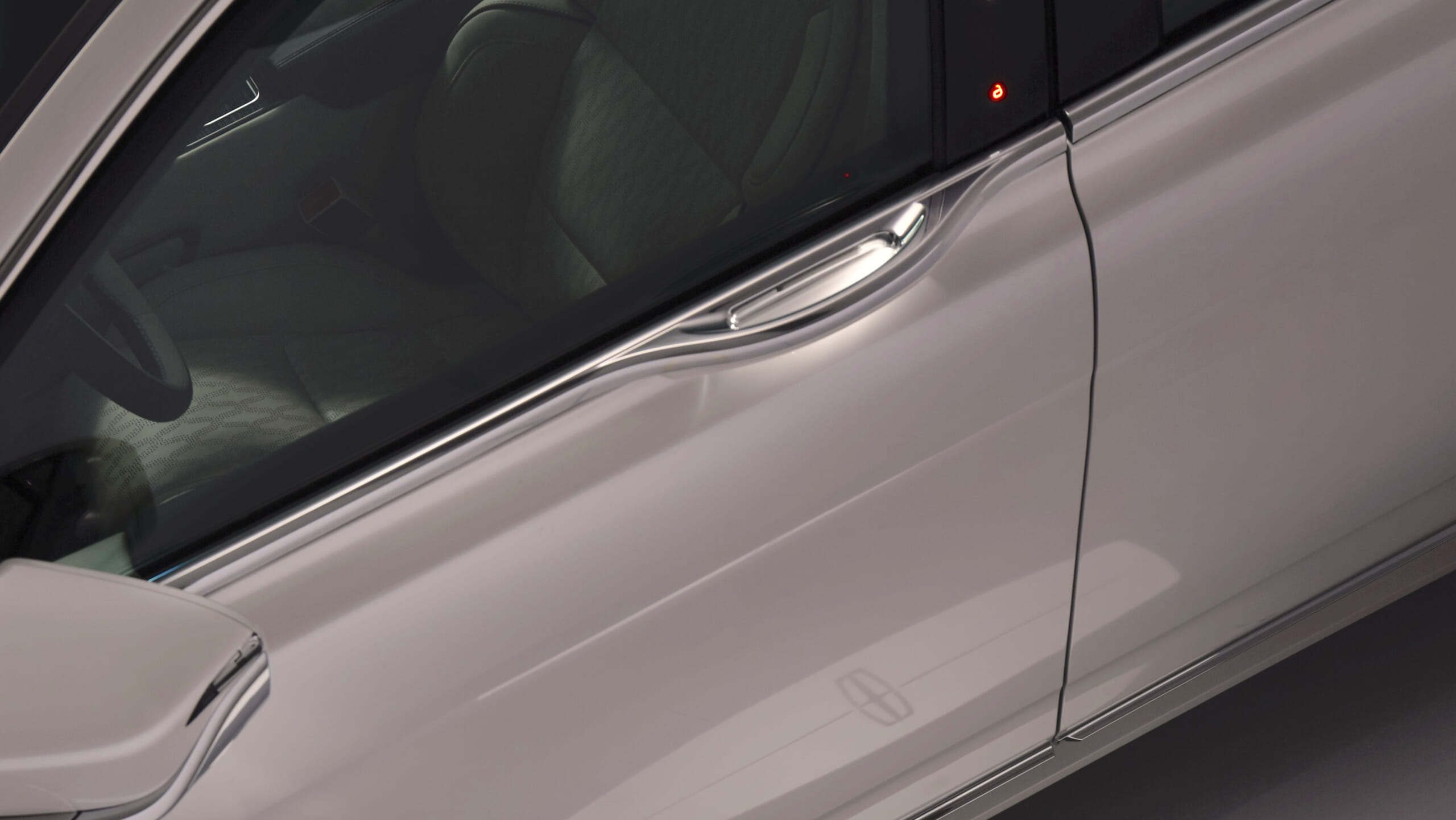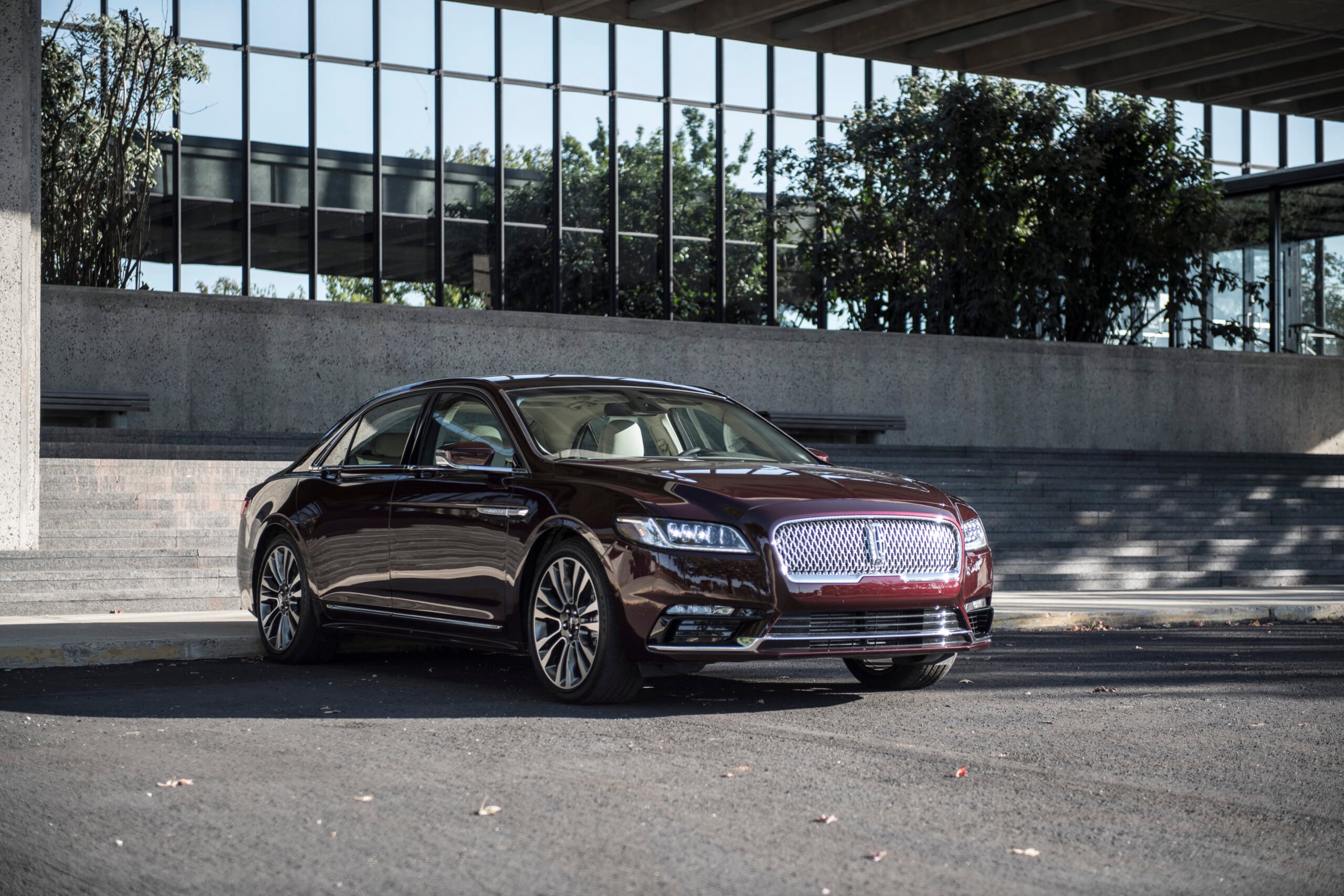The New Lincoln Continental Might Be As Close As Us Mere Mortals Get To Experiencing A Rolls-Royce
Plus you’ll save yourself about $400K.


It is a longstanding trope of less-costly automotive brands to compare the specifications of their cars with those of their betters to “prove” equivalence, or if they are feeling cheeky, superiority.
“Look, the Smokesnorter Highwaymaster has the very same rear seat elbow room as a Rolls-Royce Wraith, at one-tenth the price,” they trumpet. These comparisons always tout some key, not-terribly-important specifications that in no way capture the essence of the authentic premium brand.

But now Lincoln has actually accomplished the feat of providing one impressive aspect of the cars at the absolute pinnacle of luxury: the way the doors close with a hushed, but authoritative “fwump.”
Imagine a bank vault with velvet seals and that might approximate the experience of closing the door on a Rolls-Royce Phantom, a Bentley Mulsanne, or the new Lincoln Continental.

Incredibly, Lincoln has somehow achieved the sound of authentic luxury with a door-closing experience that replicates that of legendary standard-setters. It wasn’t easy, according to Lincoln spokesman Sam Locricchio.
The first thing the Lincoln engineers did was to test cars from Rolls and Bentley, among others, to judge their performance.ht to the doors. They did this by both videoing the doors’ operation and by recording their sounds and plotting the soundwaves on a graph to quantify their performance and ensure that the Continental would produce the same result or better.

Next came computer modeling of proposed door solutions for the Continental, and engineers checked the predicted performance of varying thickness of sheet metal simulated, different levels of stiffness metrics, tolerances for fit of the parts and, where the operating mechanism fits, and how changes in the interior volume of affect the accoustics of the closing sound.
And that’s not all. They also studied how much seal to put around the inner door-to-body panel, because with too much it doesn’t feel like it closes well, and with too little you get the “tinnier” sound. Fortunately, Lincoln’s engineering team could simulate all these variables until the numbers looked good.

Then they built physical prototypes and slammed them over a period of nearly a year to ensure the exact sound they wanted. When they finally got it just right, the team signed off on the door’s specifications for production.
All of that work went into just the sound of the doors closing, which is a clue to the effort Lincoln put into the Continental in total. The result is astounding, and for brands like Rolls-Royce and Bentley, it should be a bit concerning that one of their key attributes has at long last been replicated by a more affordable brand.
At least Rolls-Royce still has that whole umbrella-built-into-the-door-jamb thing to itself.
